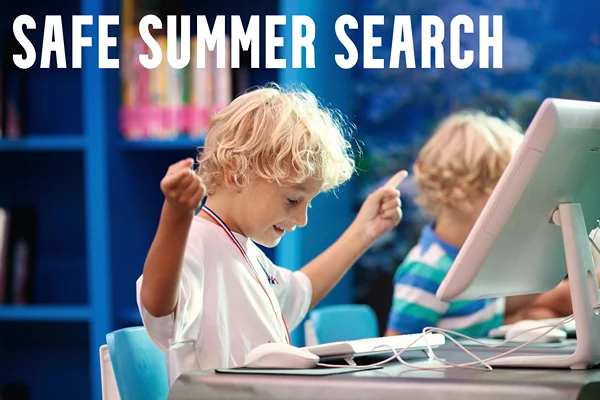6 Important Money Habits to Teach Your Teens
As parents, you want nothing but the best for your children, especially when it comes to matters that affect their future. But for that to happen, you’ll need to lay the foundations that will help them build a better life for themselves – this includes financial literacy and building good money habits.
Your teenagers will already have a good grasp of what money is and what it can do; you may have already discussed with them how to use a debit card responsibly. Still, you need to play a more proactive role in their financial education and ingrain in them money habits that will prepare them for the real world.
Teaching your children these eight money habits as early as possible will increase their chances of becoming financially-responsible adults:
1. Creating a Budget
It’s very important for your kids to learn about budgeting and money management while they’re young and the stakes are still very low.
If your teenager has some form of cash flow, either from an allowance or doing part-time jobs, you can start teaching them how to allocate money for their expenses and then document everything that’s coming in and out. You may also use your own household budget as a teaching tool or develop a fictional income-expenses scenario if you’re not comfortable with divulging your financial information to your children.
2. Saving Money Regularly
Once your teen is familiar with the concept of cash flow and how to keep track of their expenses, it’s time to teach them the value of “paying yourself first” or setting aside a specific percentage of their allowance or earnings from side hustles.
You can encourage this habit with a savings account. They will be more motivated to save when they can see for themselves how their money grows the more they save.
3. Financial Goal-Planning
Saving and spending money wisely are crucial factors to financial success, but goal planning is even more important.
Ask your teenager to write down their goals for the future – it could be a big purchase, travel plans, college or the kind of life they want to lead – and then educate them on what they need to do to achieve those goals. When they have a clear vision of where they want their money to go or what they plan to achieve with it, they’ll be able to plan their finances more effectively.
Teach budget skills for daily living as well as preparing for the cost of college.
4. Delayed gratification
The new generation is growing up in a buy-it-now society where people just go ahead and purchase whatever they want without second thoughts. This is why it is important to teach children the concept of delayed gratification, so they don’t just spend their money aimlessly.
It can be very hard to say no to your children, but making them save or work for the stuff they want will help them appreciate the value of things. Ask them to do extra chores for extra allowance or do odd jobs around the neighborhood for additional spending money. This way, they will understand the connection between working and money.
5. Distinguishing Good vs Bad Credit
As much as you want your kids to avoid debt at all costs, it’s important for them to understand that not all debts are bad.
Credit cards and other forms of consumer debts can be very risky when they borrow beyond your means. However, it is okay to take out a loan or a mortgage if they’re going to use it to acquire assets, develop your skills, or build wealth over time. But also teach your child how to get out of debt with a proper strategy as early as possible, as this will give you peace of mind.
6. Investing
As they prepare for higher education, start talking to your teens about investing and the power of compounding interest.
One good way to kick off investing for kids is with a high-interest savings account, which they can use for funding short-term financial goals. From there, introduce them to stocks, bonds, Roth IRAs and how these investment options can grow their money faster and help them fulfill their more expensive and long-term financial goals.
About the Author:
Samantha Green is the Content Marketing Strategist for the MCA award-winning app, BusyKid, the first and only chore and allowance platform where kids can earn, save, share, spend, and invest their allowance. A mom of two, she enjoys spending time with her kids and reading books to them.









